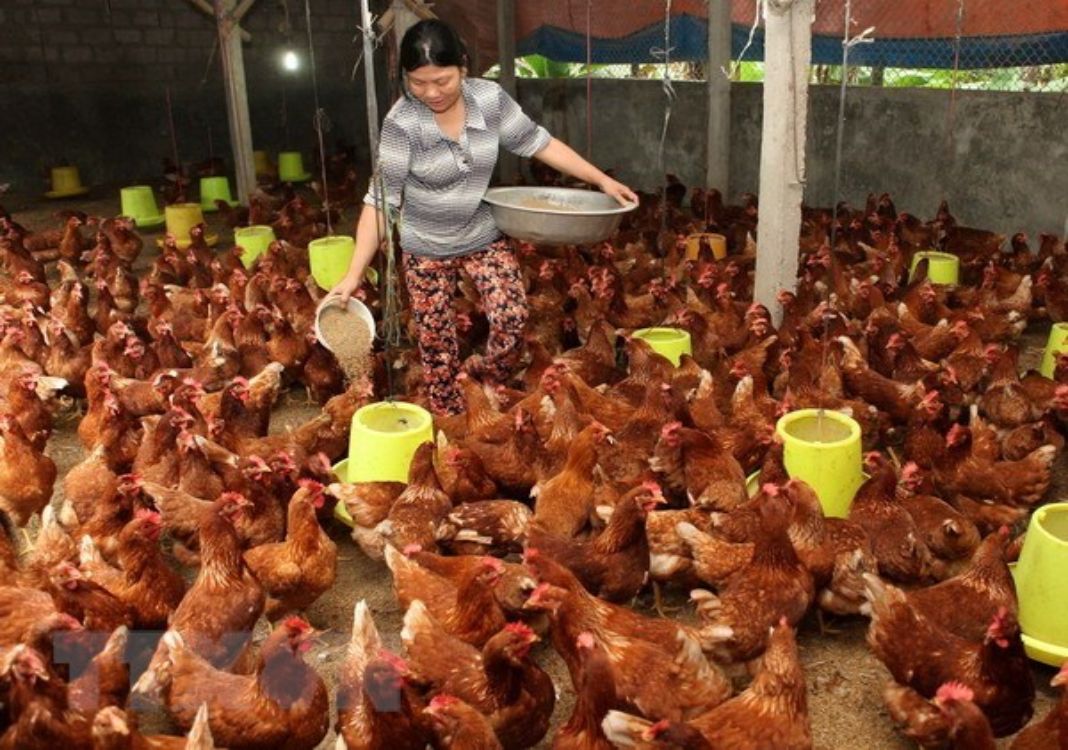HCMC – Vietnam spent over US$2.9 billion importing animal feed and materials between January and July, up 37.1% year-on-year, according to statistics from the General Department of Vietnam Customs.
In July, the country imported animal feed and materials worth some US$477 million, soaring by 50.4% year-on-year, the local media reported.
Vietnam also spent heavily on the import of corn, soybean, wheat and animal fat over the past seven months.
Argentina was Vietnam’s largest animal feed supplier, making up 35.2% of the country’s total value of animal feed imports during the seven-month period.
Over the past few years, the local husbandry sector has grown sharply, ranking Vietnam first in Southeast Asia and 10th in the world in terms of animal feed output, with an average growth rate of 13%-15% per year, according to the Vietnam Poultry Association.
However, the production and consumption of animal feed have mainly relied on material imports which accounted for up to 85% of the total materials, resulting in a spike in local animal feed prices following fluctuations in global prices.
Besides, foreign-invested firms are dominating the local husbandry market, making up over 60% of the animal feed market in Vietnam.
The demand for animal feed materials in Vietnam is expected to rise in the coming months. The country will need some 30 million tons worth US$12-13 billion per year in the next five years.
Therefore, Vietnam should quickly adopt a strategy for the development of domestic animal feed material sources by using several effective measures, including utilizing the byproducts of the production and processing industry sectors to ramp up the volume of materials for animal feed production, many experts said.
Nguyen Van Trong, deputy head of the Department for Animal Husbandry at the Ministry of Agriculture and Rural Development, said that over the past few months, the local prices of animal feed had surged, piling pressure on animal farmers.
The animal feed prices have been revised up 30%-35% against late 2020, Trong said, adding that the prices might continue to rise in the coming time.









